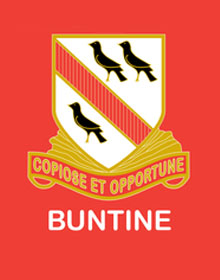
BUNTINEBuntine House was named after Dr Arnold Buntine, Headmaster of Hale School between 1931 and 1945. He arrived at a time when the Great Depression had reduced School numbers appreciably. It was he, along with the Chairman of the Board, Bill Brine, who instigated the purchase of the land at Wembley Downs. | 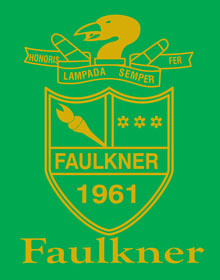
FAULKNERFaulkner House was named after the Headmaster of the School from 1889 to 1914. Frederick Charles Faulkner came from New Zealand at a time when there were thoughts of closing the School down. Enrolments were around the same as on the first opening day, 28th June 1858. In a little over a year he managed to raise the numbers to 81 and the future of the School was assured. |
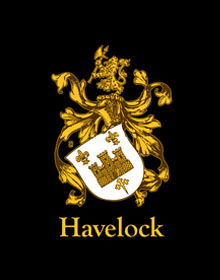
HAVELOCKAt the end of 1992, it was decided to introduce two additional day houses. These were named Havelock and St Georges - after the West Perth site of the School from 1914 through to 1960, and St Georges, after several sites the School occupied in St Georges Terrace during its formative years, from 1858 through to the mid-1880s. | 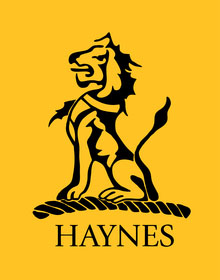
HAYNESHaynes House was named after E.Y. ‘Paddy’ Haynes who re-started Bishop’s School (Hale) after it closed down temporarily in 1862. When the High School began operations in 1878 he marched his boys across St George’s Terrace to join the new fraternity, staying on as 2nd master. |
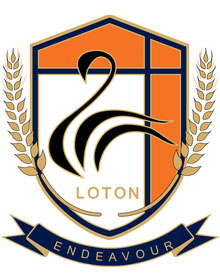 LOTONLoton House, first opened as a boarding house in 1966 - became the eighth day house.
Loton House was named in honour of Sir Thorley Loton, Chairman of the Hale School Board of Governors, 1947-56. His sons and grandsons have attended the School. | 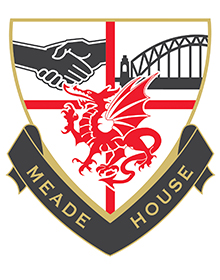
MEADE
Previously known as St Georges House, it's name changed to Meade House in 2020 to recognise the contribution made by Mr Stuart Meade, Headmaster of Hale School between 2003-2016.
The House kept its colours of red and white; and the St Georges dragon emblem and red cross were incorporated into the new crest design. New elements of the crest include the joined hands of friendship and the Sydney Harbour Bridge representing the city of Mr Meade's birthplace. |
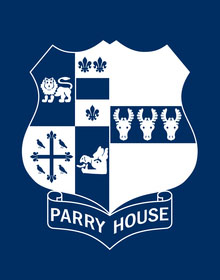
PARRY
Parry House was named after the Dr Henry Hutton Parry, 2nd Bishop of Perth, 1876-93, Chairman of the Board of Governors and benefactor of the School. Many of his descendants have attended the School. | 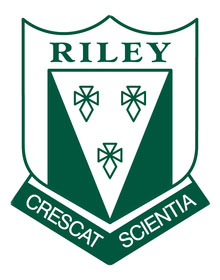 RILEY RILEY
Riley House was named after Charles Owen Leaver Riley, Bishop of Perth, 1895-1914; Archbishop, 1914-1929, Chairman of the Hale School Board of Governors. He had three sons attend the School - C.L. (‘Tom’), later Bishop of Bendigo, Eric and Frank (the 1912 Rhodes Scholar for Western Australia). Riley (senior) and his sons all attended Gonville and Caius College, Cambridge, the campus featured in the opening scenes of the film, ‘Chariots of Fire.’ |
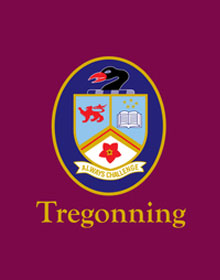
TREGONNINGIn 1988, with the retirement of Dr Ken Tregonning as Headmaster, the name of Stirling House was changed to Tregonning House.
The Tregonning crest displays in graphic form (clockwise) the career of Ken Tregonning – his undergraduate years at Adelaide University (top right), his time at New College, Oxford and his appointment as Raffles Professor of History at the University of Singapore, before returning to Perth to take up the Headmastership of Hale School in 1967.
The motto, ‘Always Challenge’ was his own choice for the boys of the House which bears his name. |  WILSON WILSON
The Wilson House crest, not designed and implemented until 1995-6, denotes Mathew Wilson’s connection with Melbourne Grammar School, his membership/captaincy of the Essendon Football Club and his under-graduate period at Melbourne University. The bridge and the motto, ‘To Strive, To Seek, to Find’ are taken from Alfred Tennyson’s poem, ‘Ulysses’, denoting life’s endeavour. Wilson was Headmaster from 1915 to 1928.
|
BRINE HOUSE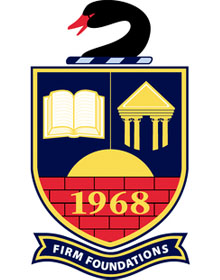 The Junior boarding house, is named after a Chairman of the Board of Governors, Bill Brine. It was he who negotiated the sale of the Wembley Downs site in 1939.
The crest was adopted in 2007.
The crest denotes Bill Brine’s scholastic career, his appointment as the President of the Master Builders’ Association of Australia (Winthrop Hall at the University of W.A. and the State War Memorial in Kings Park two of his notable projects); the rising sun denotes the start of life’s pursuits by the boys in Brine House.
The motto ‘Firm Foundations’ exemplifies the caring aspects of the House. | |